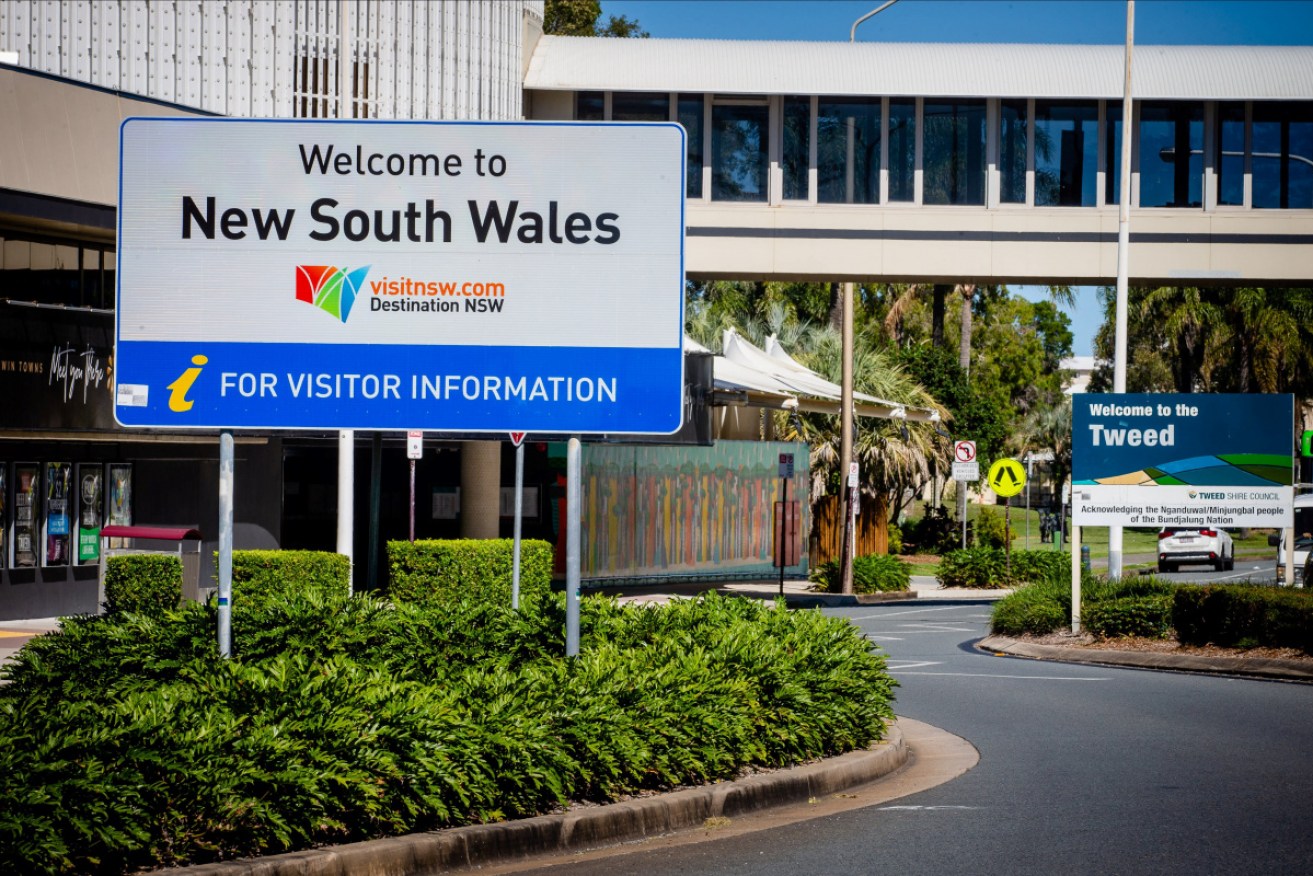Queensland to reopen borders to five local government areas of NSW

Travellers from regional NSW are allowed to enter Queensland as of Tuesday. Photo: Getty
Queensland will extend its border zone to include five more areas in NSW.
From 1am on October 1, residents in Byron Bay, Ballina, Lismore, Richmond Valley and Glen Innes local government areas will be able to travel into Queensland.
It comes as the state recorded zero new coronavirus cases overnight, leaving just 16 active cases.
The extended border zone will include 41 NSW postcodes, spanning 11 local government areas.
Residents will have to apply for a border pass to travel into Queensland.
Queensland residents will also be able to travel to those areas from October 1.
“I think this is a great effort to consider how we can make our border zones more effective,” Premier Annastacia Palaszczuk said.
“These areas have a lot in common with Queensland, they do a lot of their business in Queensland so we believe this is the right measure to take.”

Byron Bay locals will be among those with easier access to Queensland after next Friday.
CHO flags easing of further restrictions
Deputy Premier Steven Miles said there were 152,000 residents in the border zones who would now be able to travel into Queensland.
“These are people who might live in NSW, but many feel more of an affinity with Queensland,” Mr Miles said.
He said the changes were possible because of the very low number of coronavirus cases in regional NSW.
Chief health officer Dr Jeannette Young said if there continued to be very low or no new cases, further restrictions could be relaxed from Friday.
“Hopefully that will happen as we go into the weekend, and people in Brisbane and Ipswich will be able to gather in groups of 30,” Dr Young said.
Ms Palaszczuk said discussions were underway with businesses and community groups around further COVID-safe planning.
“At the end of the month we’ll also be looking at any other restrictions we can ease across Queensland,” she said.
Dr Young said authorities had also been testing sewage to ensure the virus was not circulating undetected.
“We’re all gaining more experience around the country with looking at sewage,” Dr Young said.
“That gives us a heads up, and an idea of what’s going on in that community.
“We have not seen cases north of Sydney for quite some time and so it’s safe to open up those border areas.”
Dr Young said the response in Queensland following the latest cluster linked to corrective services had been markedly different to that of the first outbreak.
“Remember the first time we all got locked in our homes, and except for four reasons, we couldn’t leave,” Dr Young said.
“We didn’t need to do that this time because we’ve worked out how to live more safely with the virus.”
There were 55 cases linked to the corrective services cluster.

Chief health officer Jeannette Young has flagged further easing of restrictions.
COVID-safe stadium seating trialled
Dr Young said a trial to increase the density of seating at The Gabba stadium in Brisbane went “really well”.
On Monday night, 200 volunteers were seated at 75 per cent capacity to test how well they stuck to COVID-safe planning.
If the trial is successful, 30,000 fans will be allowed to watch the AFL grand final at The Gabba.
Dr Young said she would soon receive a final report from Queensland Health with the outcome.








